As the economic, political, cultural, scientific, and tourism center of Binh Dinh Province, Quy Nhon City has experienced remarkable growth, becoming the regional nucleus of Vietnam’s central coast.
Covering approximately 284 square kilometers, Quy Nhon was designated a first-class city under Binh Dinh Province in 2010. As of 2023, its population is estimated at around 500,000.
Located along Vietnam’s central coast, Quy Nhon holds a strategic position that connects north and south. It thrives as a center of economics, politics, and culture, with robust development across industry, tourism, and trade services.
The city is especially known for its expansive wind turbine fields. Notably, the Phuong Mai Wind Power Plant spans 122 hectares with a total investment of USD 40 million. It began operations in early 2020 and was once among the country’s largest-capacity wind farms.
Quy Nhon plays a central role in the key economic region of central Vietnam. The city features new urban zones, modern residential areas, and well-planned public infrastructure including parks and beaches.
Pictured is Thi Nai Port, which dates back to before the 15th century. Once a vital trading hub for central Vietnam, the port has undergone modernization since the early 2000s to support import-export activities, especially for the Nhon Hoi Economic Zone and the Central Highlands. The port can accommodate ships with a capacity ranging from 5,000 to 30,000 DWT.
A corner of Quy Nhon captured at dawn in early May 2025 reveals the city’s stunning coastline, which stretches over 5 kilometers in a crescent shape embracing the city.
Urban development in Quy Nhon features a harmonious blend of modern architecture and local identity. New developments and public projects - such as the central square, the statues of Nguyen Sinh Sac and Nguyen Tat Thanh, and the Thi Nai Bridge - are built with aesthetic and functional coherence. Green spaces, public parks, and coastal areas are preserved and enhanced in tandem with urbanization.
The Nguyen Tat Thanh Boulevard is a notable example of the city’s investment in modern transportation infrastructure.
Binh Dinh Provincial Convention Center features a design inspired by the image of a bird’s wing or ocean wave. Its curved, flowing form symbolizes the fusion of martial heritage and maritime culture. Constructed primarily with steel, glass, and natural stone, the structure exudes both modernity and elegance. It serves as a venue for major socio-political events.
Adjacent to the convention center lies the spacious Nguyen Tat Thanh Square, covering tens of thousands of square meters. Bordered by four roads - Nguyen Tat Thanh, Le Duan, Truong Chinh, and Ho Thi Ky - it features a ceremonial ground and expansive open space paved with clean stone, ideal for outdoor events.
Surrounding the square is the bronze statue of Nguyen Sinh Sac and Nguyen Tat Thanh. Standing approximately 15 meters tall on a granite pedestal, the sculpture depicts Nguyen Sinh Sac holding a book, symbolizing wisdom, education, and morality. Beside him, a calm and visionary young Nguyen Tat Thanh gazes into the distance, embodying the aspiration to find a path to save the nation.
Most provincial government headquarters - such as the People’s Committee, People’s Council, and other key departments - are concentrated in the city center, with many located near the coast. Departments like Finance, Construction, and Culture, Sports and Tourism are within 1 to 2 kilometers of the shoreline.
Near the intersection of Nguyen Hue - Le Loi - Tran Cao Van streets are several major administrative offices. In one image, the building on the left is the Binh Dinh Provincial People’s Court, and on the right is the Quy Nhon City Party Committee.
Next to the prominent Grand Hyams Hotel stands the 13-story Quy Nhon City Administrative Center, built on a 702-square-meter site with a total floor area of 8,082 square meters. The building features modern architecture suitable for administrative functions.
Aerial views reveal the Quy Nhon Stadium, located at 157 Le Hong Phong Street, Le Loi Ward, with a seating capacity of about 20,000. Built in the 1970s, it remains one of central Vietnam’s oldest stadiums.
Near the stadium is Long Khanh Pagoda, a key Buddhist center in Quy Nhon where numerous religious activities and rituals take place.
A highlight of Quy Nhon’s urban landscape is the Thi Nai Bridge, also known as the Nhon Hoi sea-crossing bridge. From the moment of its inauguration, the bridge has attracted tourists with its scenic setting amidst sea and mountains. It is part of the nearly 7-kilometer Nhon Hoi road and bridge system connecting Quy Nhon to Phuong Mai Peninsula and the Nhon Hoi Economic Zone.
Construction of the entire Thi Nai Bridge project began in 2002 and was completed in 2006. With its impressive, modern architecture, it was once the longest sea-crossing bridge in Vietnam before the completion of the Tan Vu - Lach Huyen Bridge in Hai Phong. More than a transportation asset, it stands as a symbol of pride for Quy Nhon residents.
Near the base of Thi Nai Bridge are new urban zones featuring upscale villas.
Amid its dynamic development, Quy Nhon aims to become a modern, smart, and livable coastal city in South Central Vietnam. Its strategic plan emphasizes high-quality economic, tourism, service, logistics, and technology sectors while expanding planned urban zones.
Quy Nhon is one of the central region’s top summer tourist destinations. In 2023, the city welcomed around 4.5 million visitors, including over 300,000 international arrivals.
Tourism surged further in 2024, particularly during the summer and holiday seasons. The province targets 10 million tourist arrivals by 2025, with Quy Nhon as its focal point.
Binh Dinh's tourism revenue has soared. In 2024, the province welcomed approximately 9.2 million visitors - almost double the figure from 2023. This includes 93,850 international tourists and more than 9.1 million domestic travelers.
Total tourism revenue for 2024 is estimated at VND 25.5 trillion (approximately USD 1.02 billion), a 55.4% increase from 2023 and the highest ever recorded.
Quy Nhon is regarded as one of South Central Vietnam’s beach paradises. Tourists can enjoy activities like coral diving, fishing village tours, and various water sports.
According to Resolution No. 60 of the 13th Central Committee of the Communist Party, the provinces of Gia Lai and Binh Dinh are expected to merge under the new name Gia Lai. The new province’s political and administrative center will be in Quy Nhon.
After the merger, the new Gia Lai Province will span 21,576.53 square kilometers with a population of 3,583,693 and include 135 commune-level administrative units.
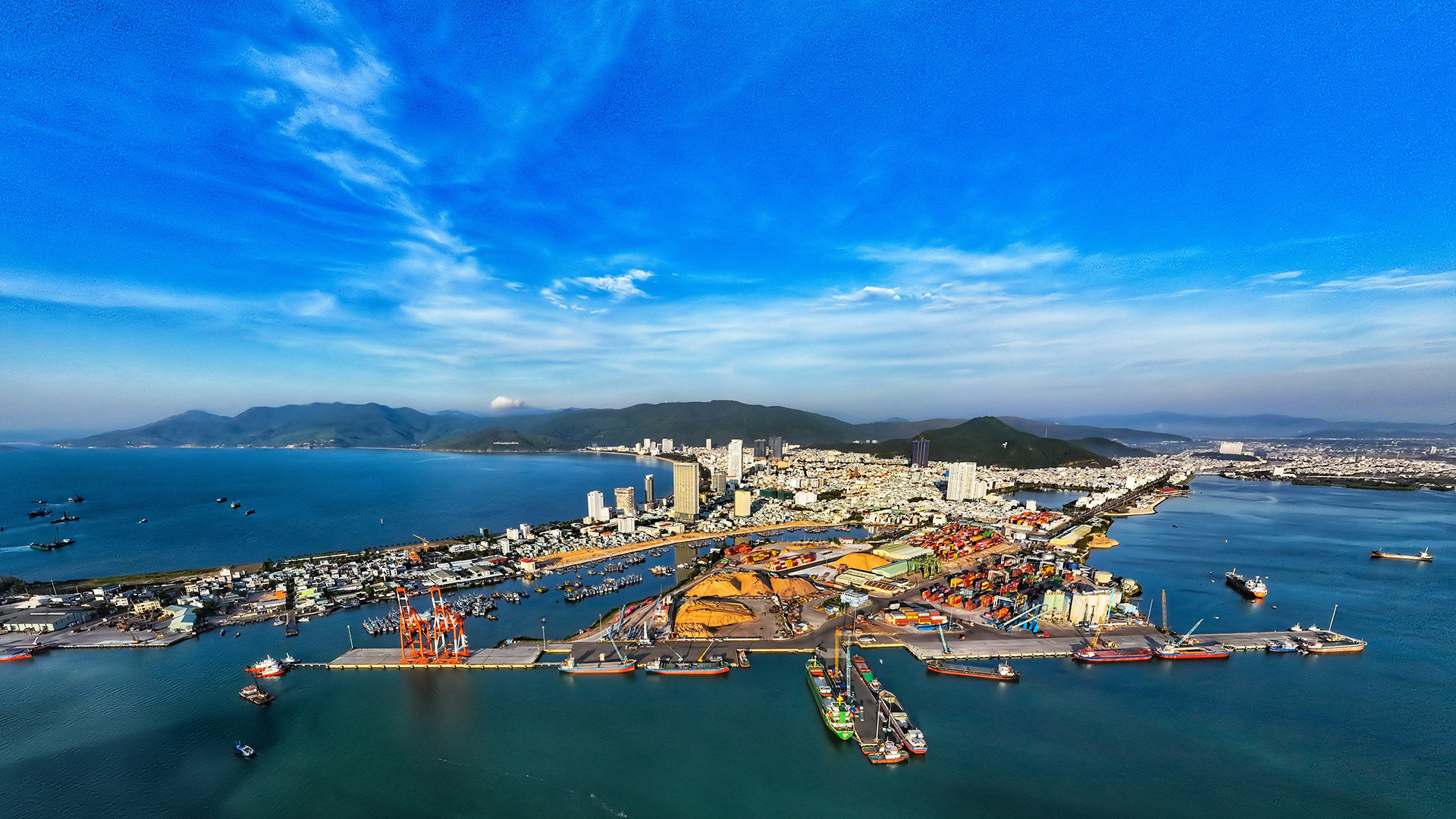
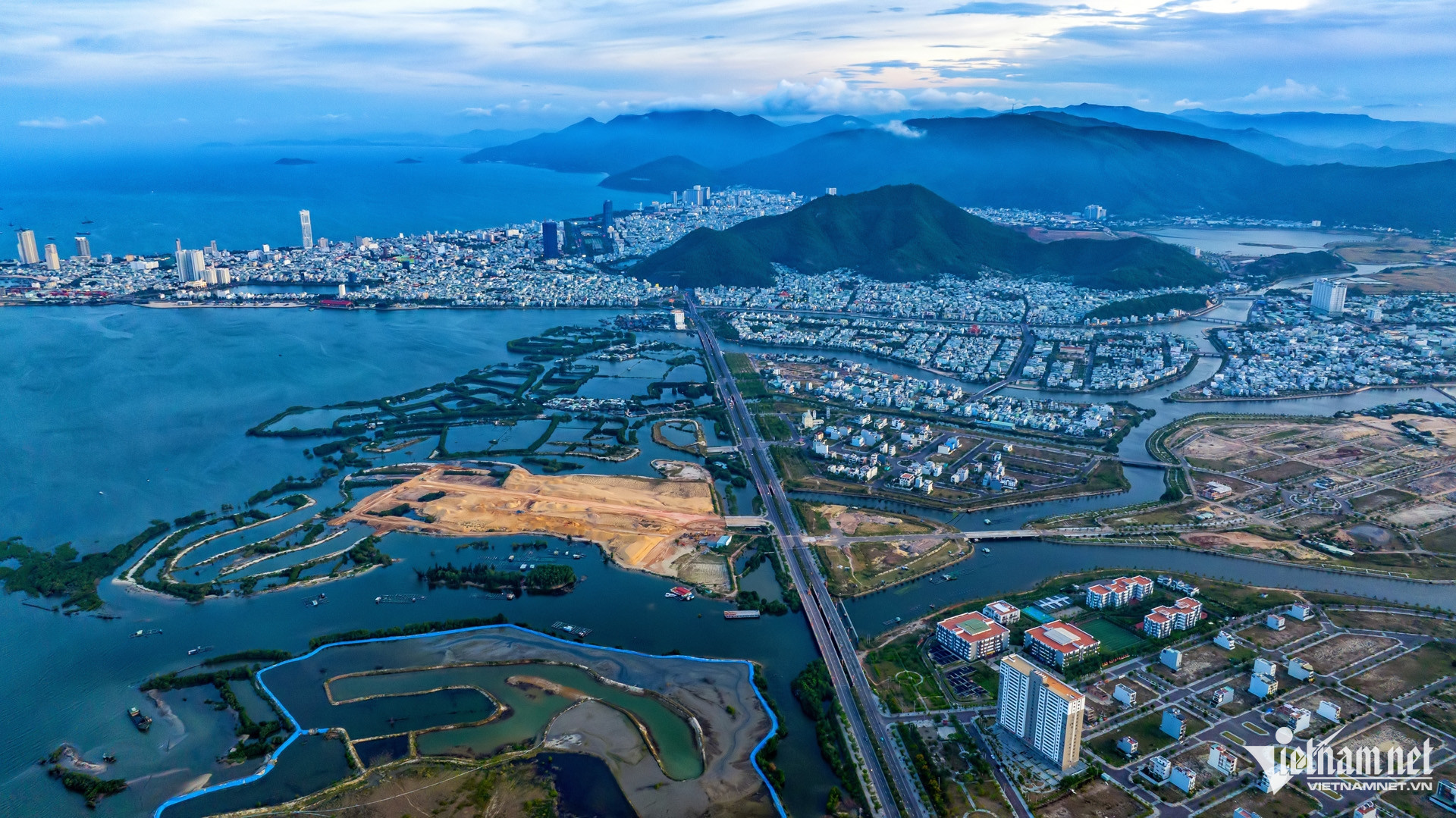
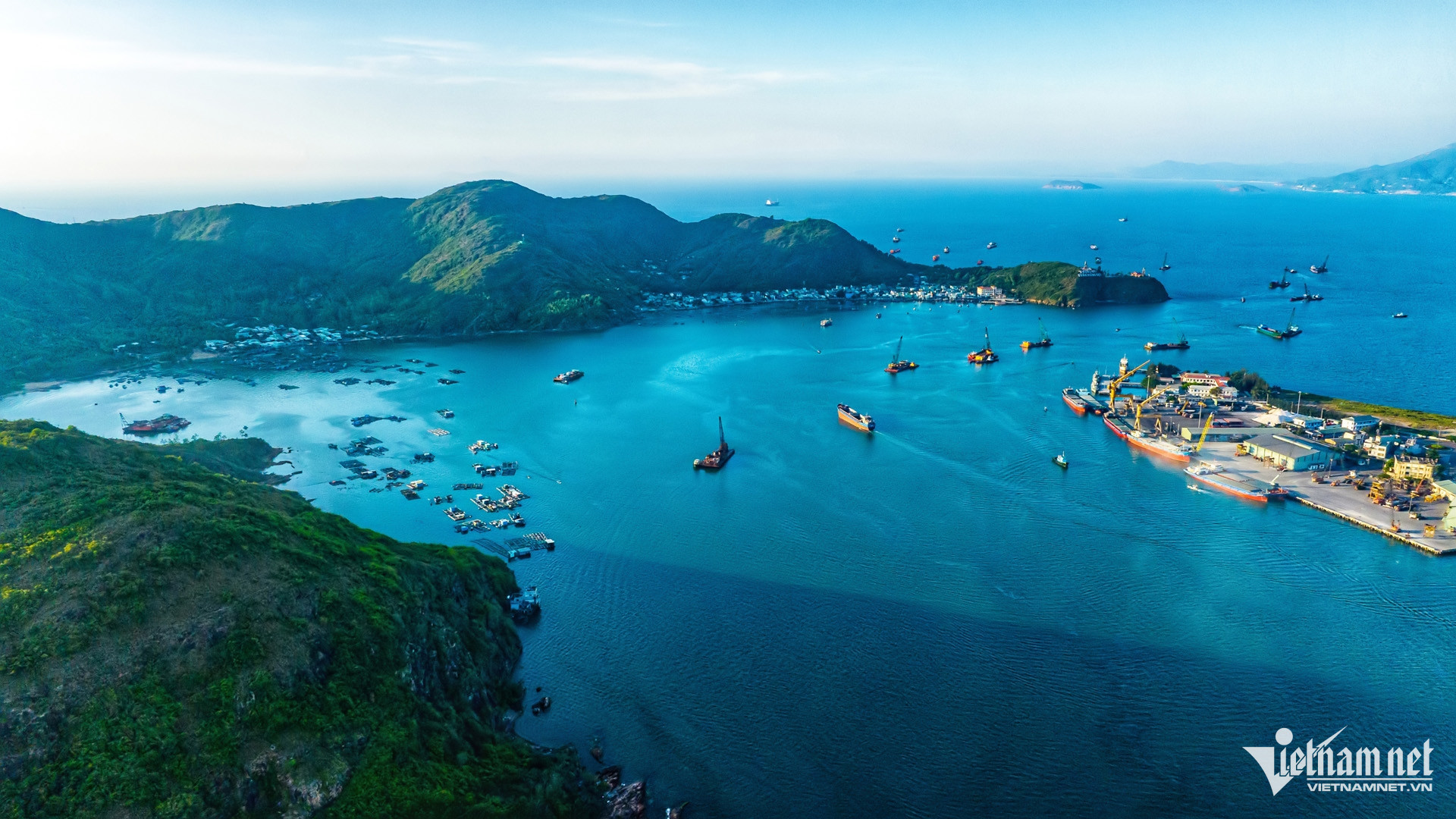

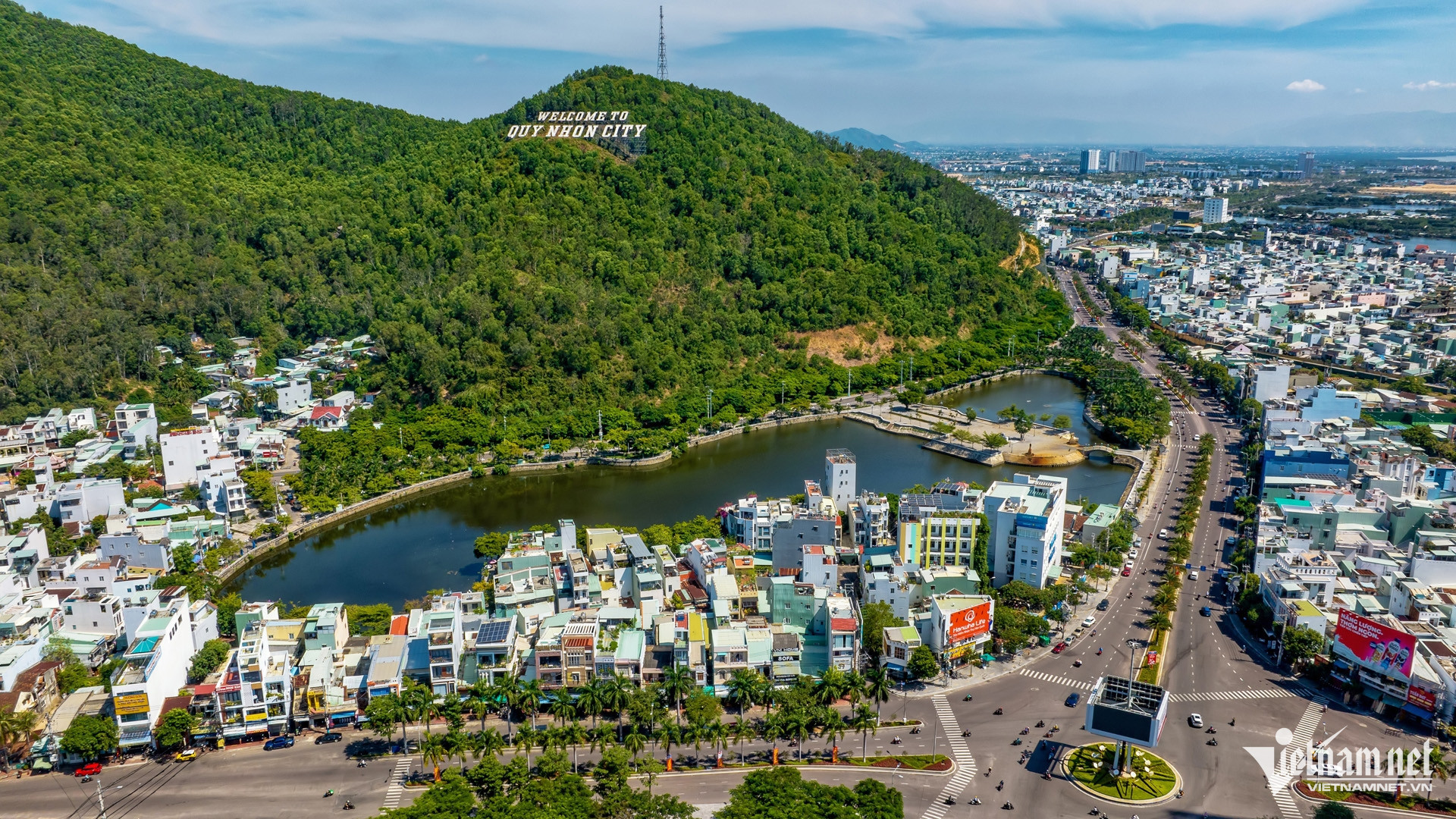
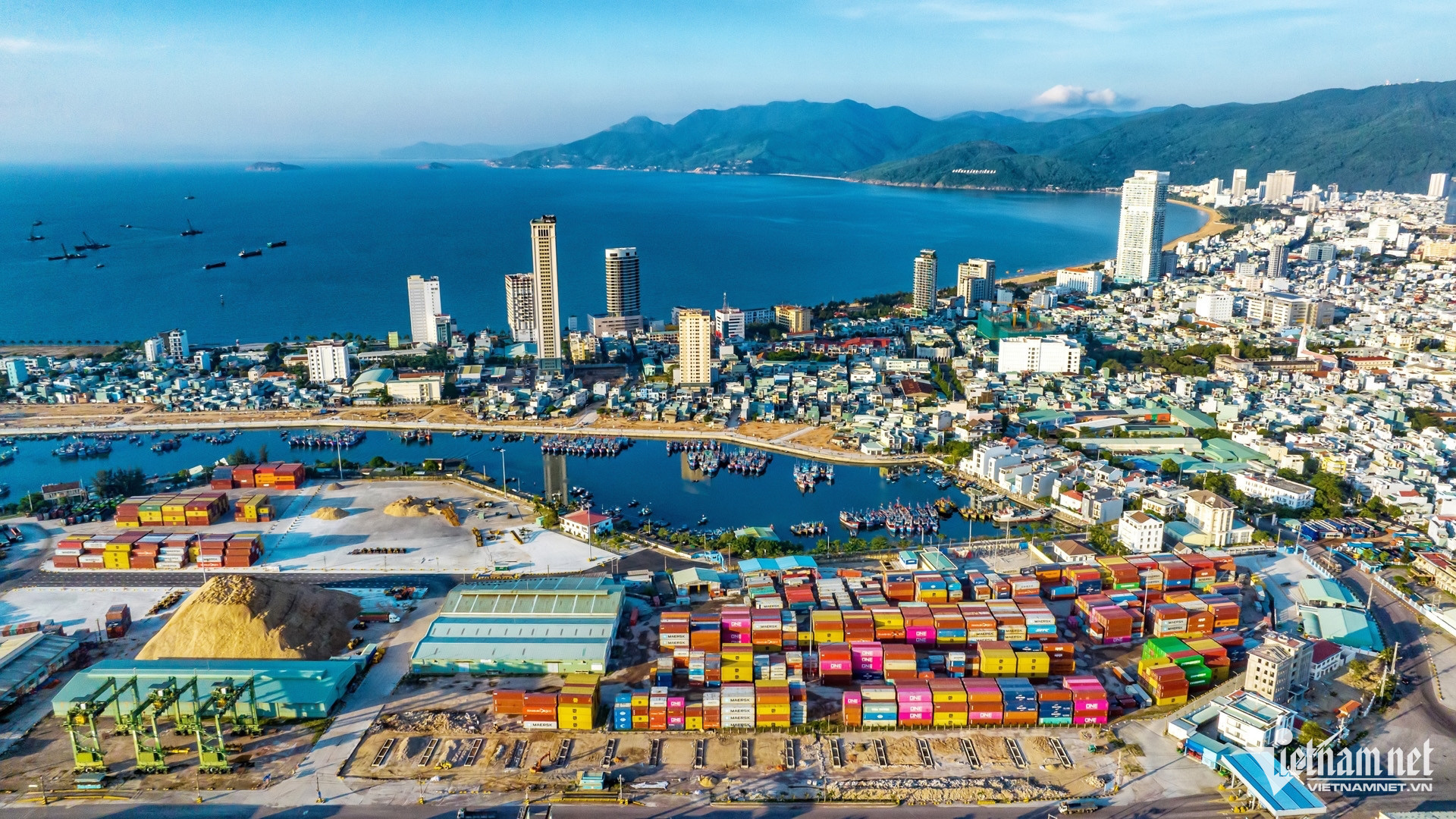
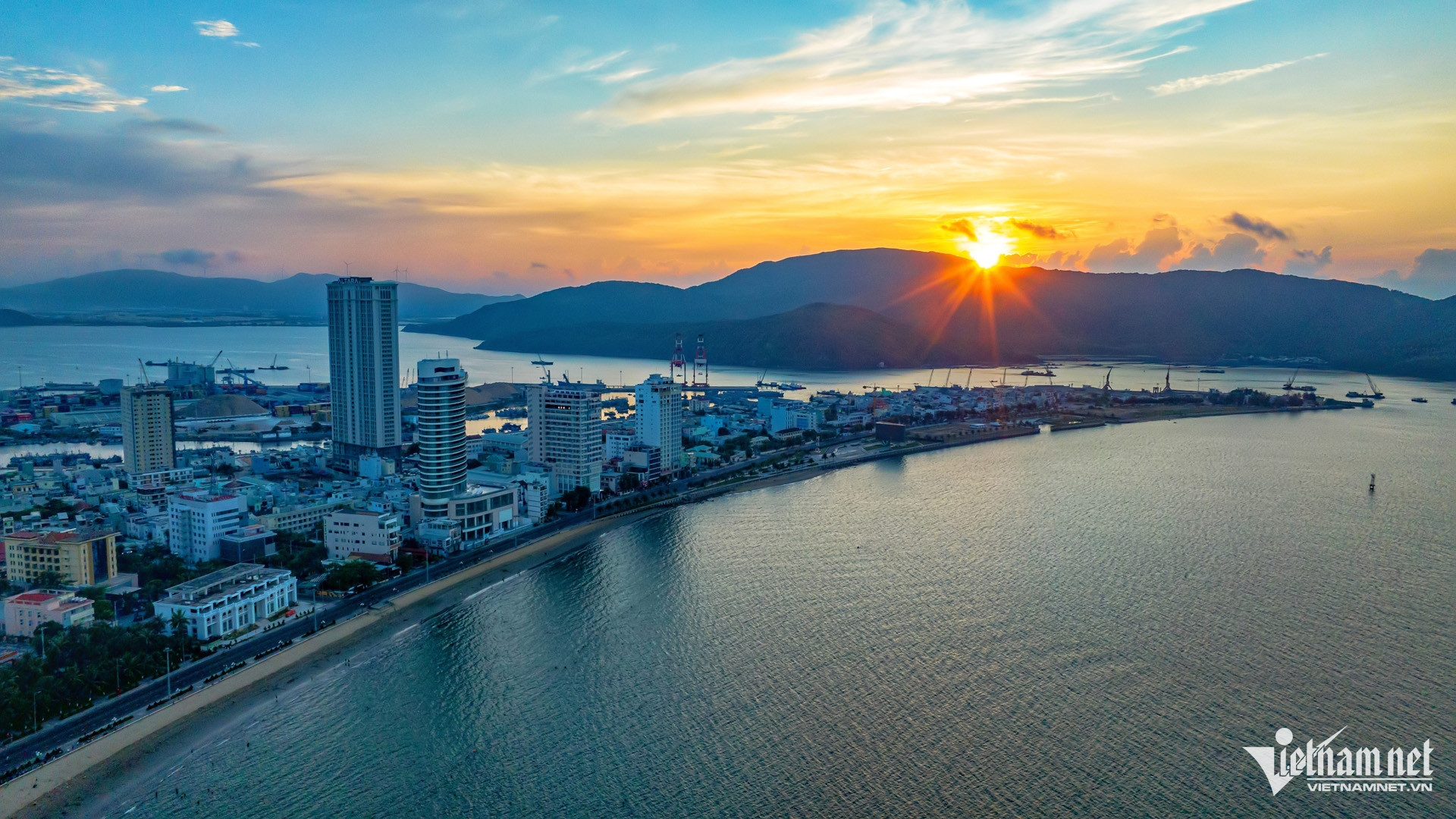
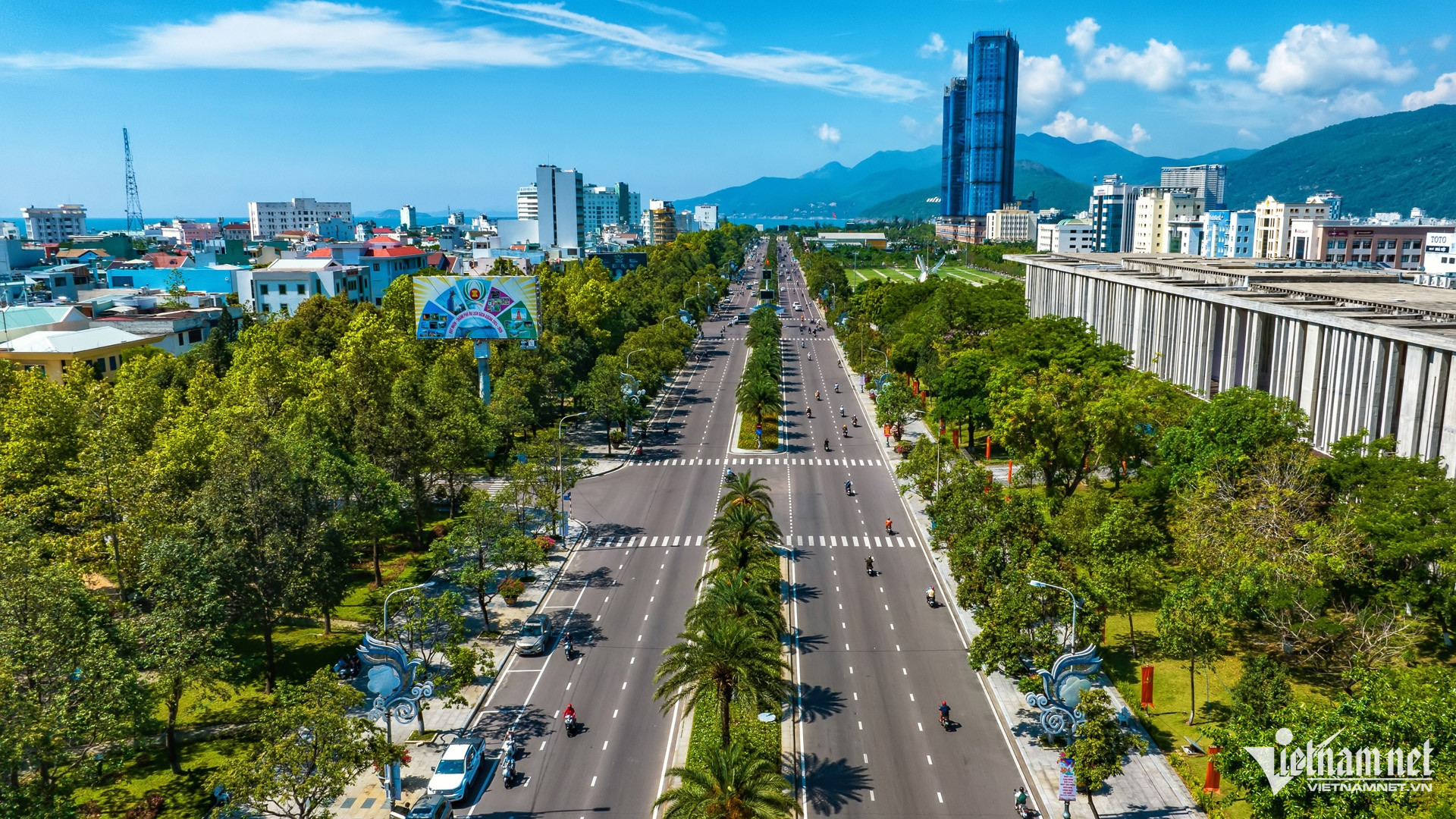

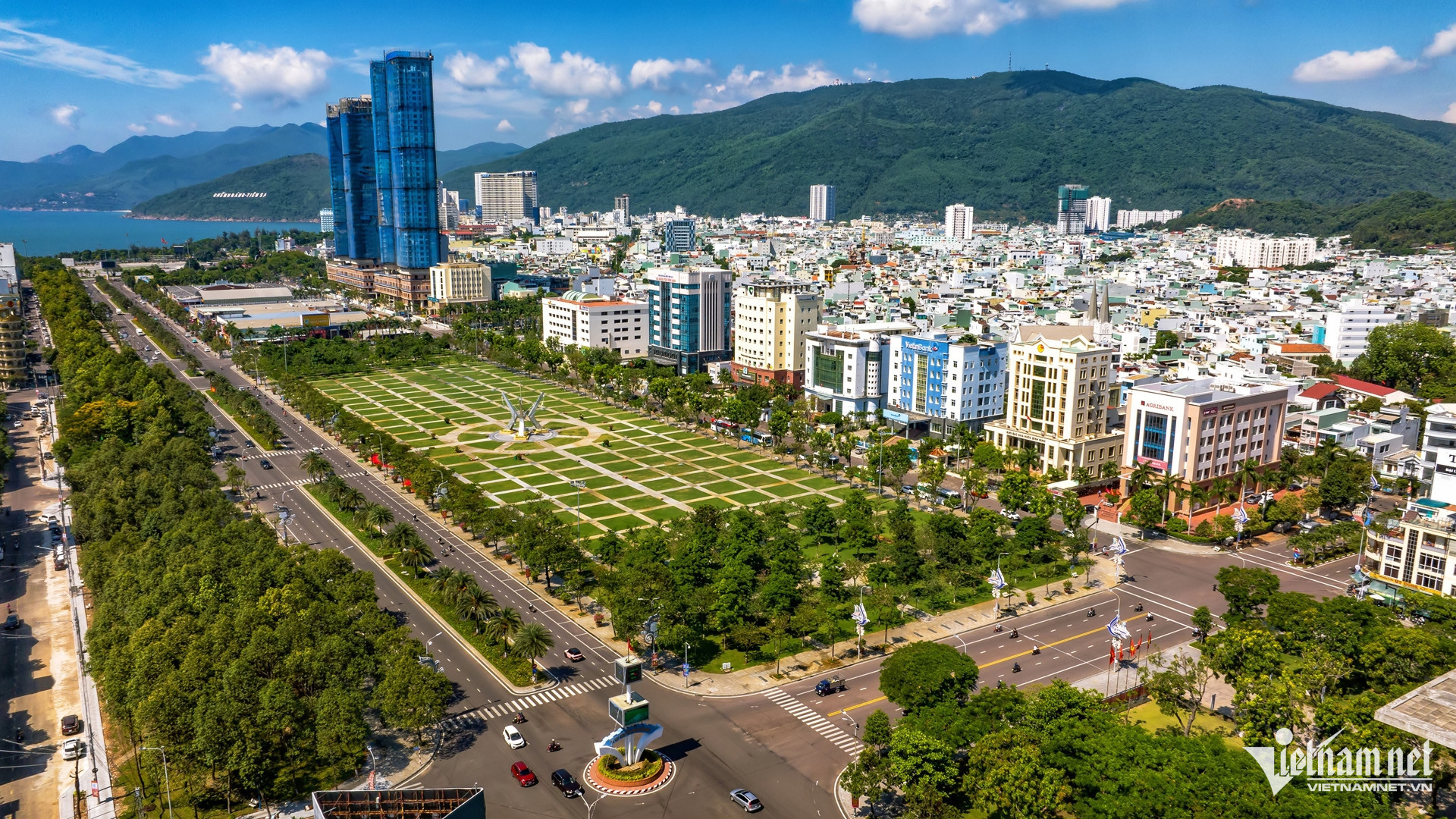
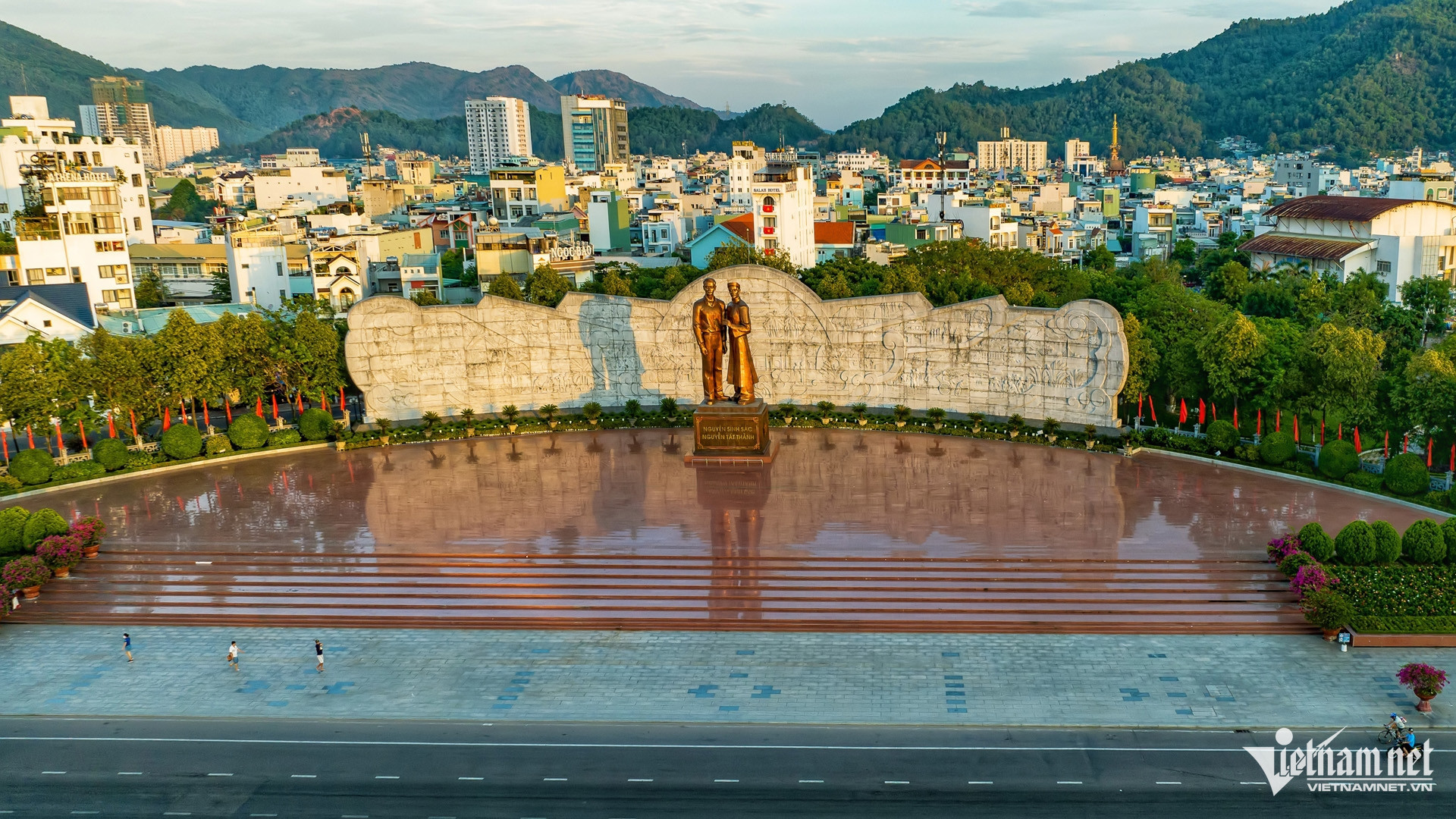
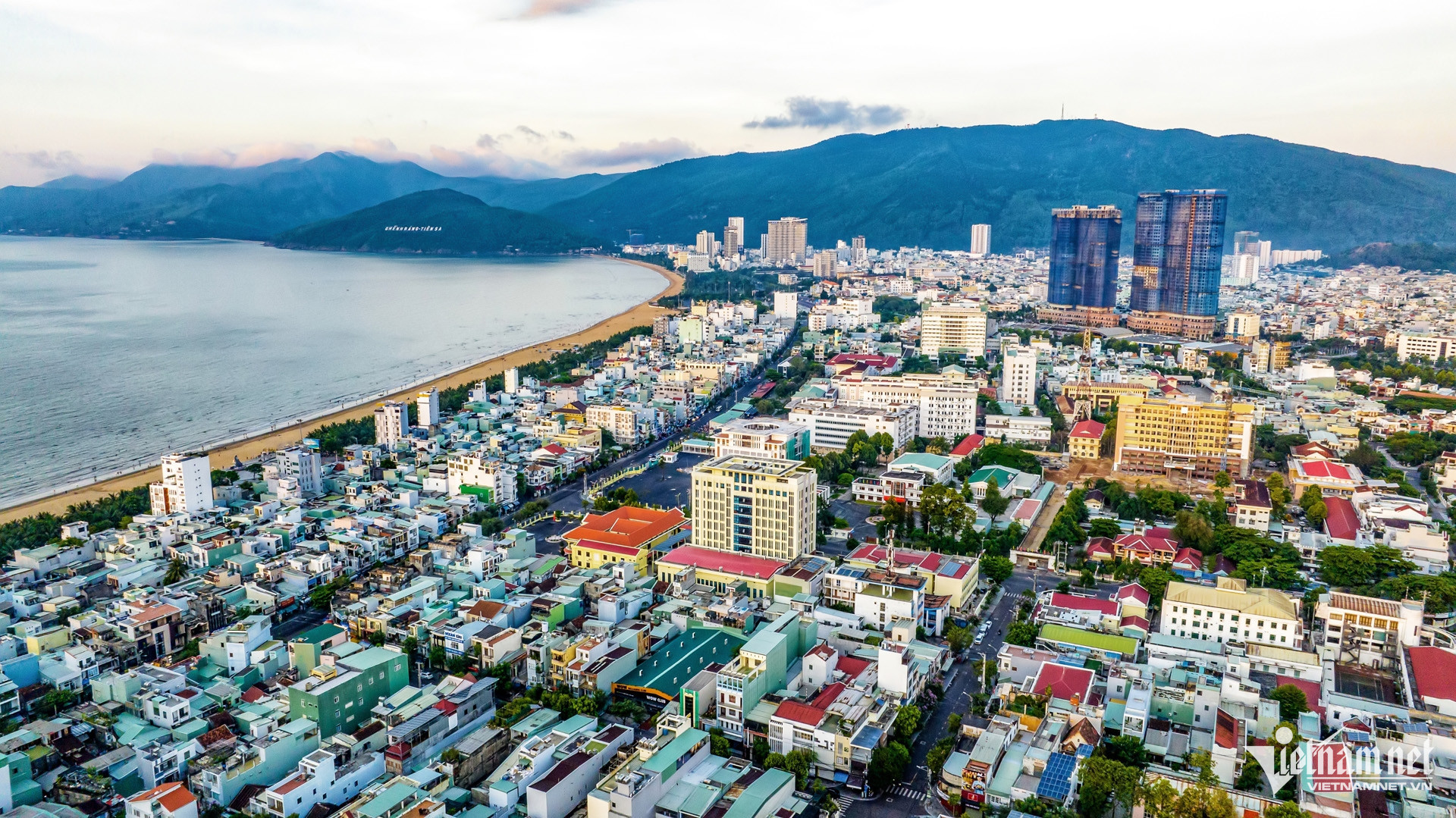
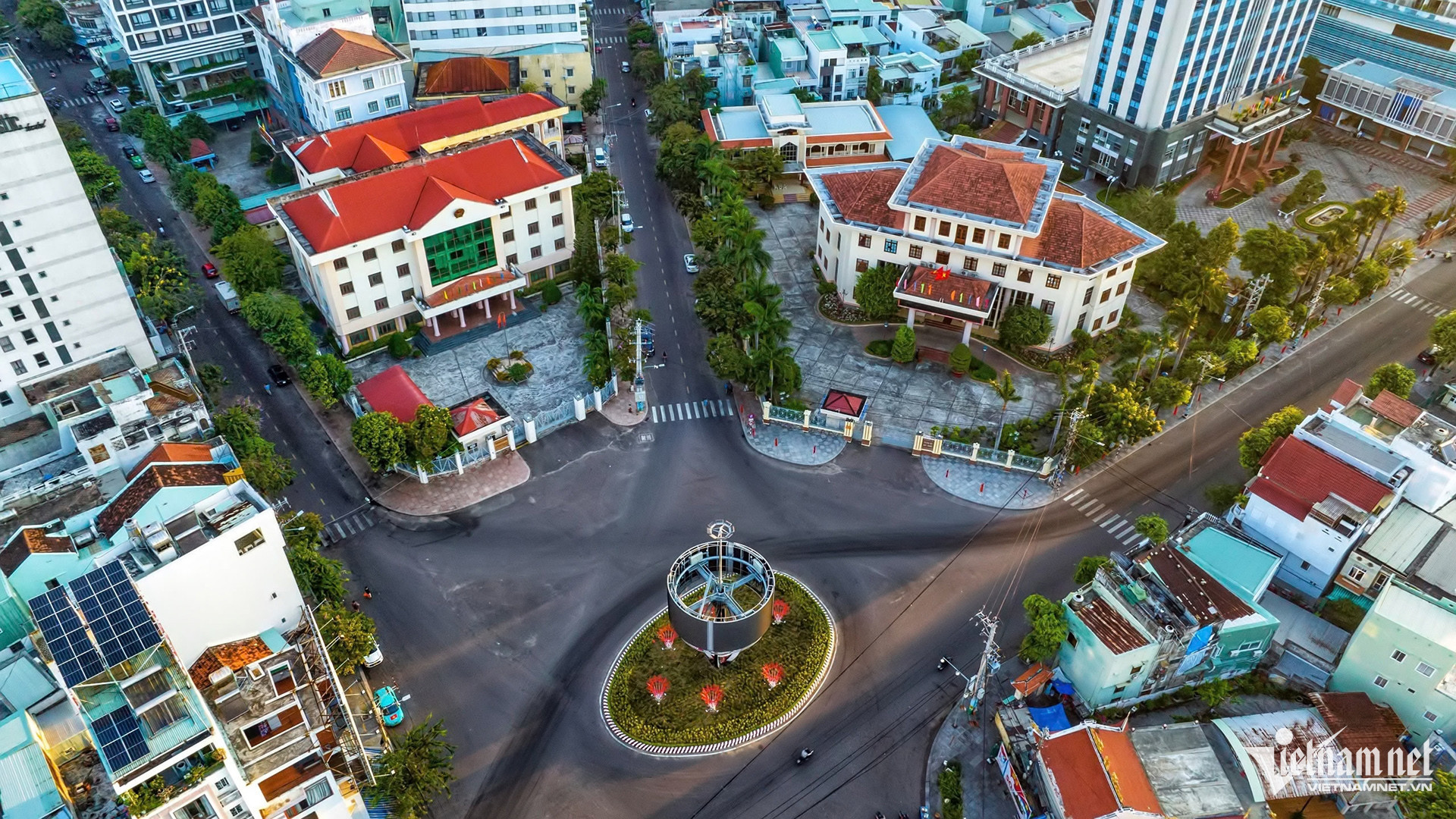
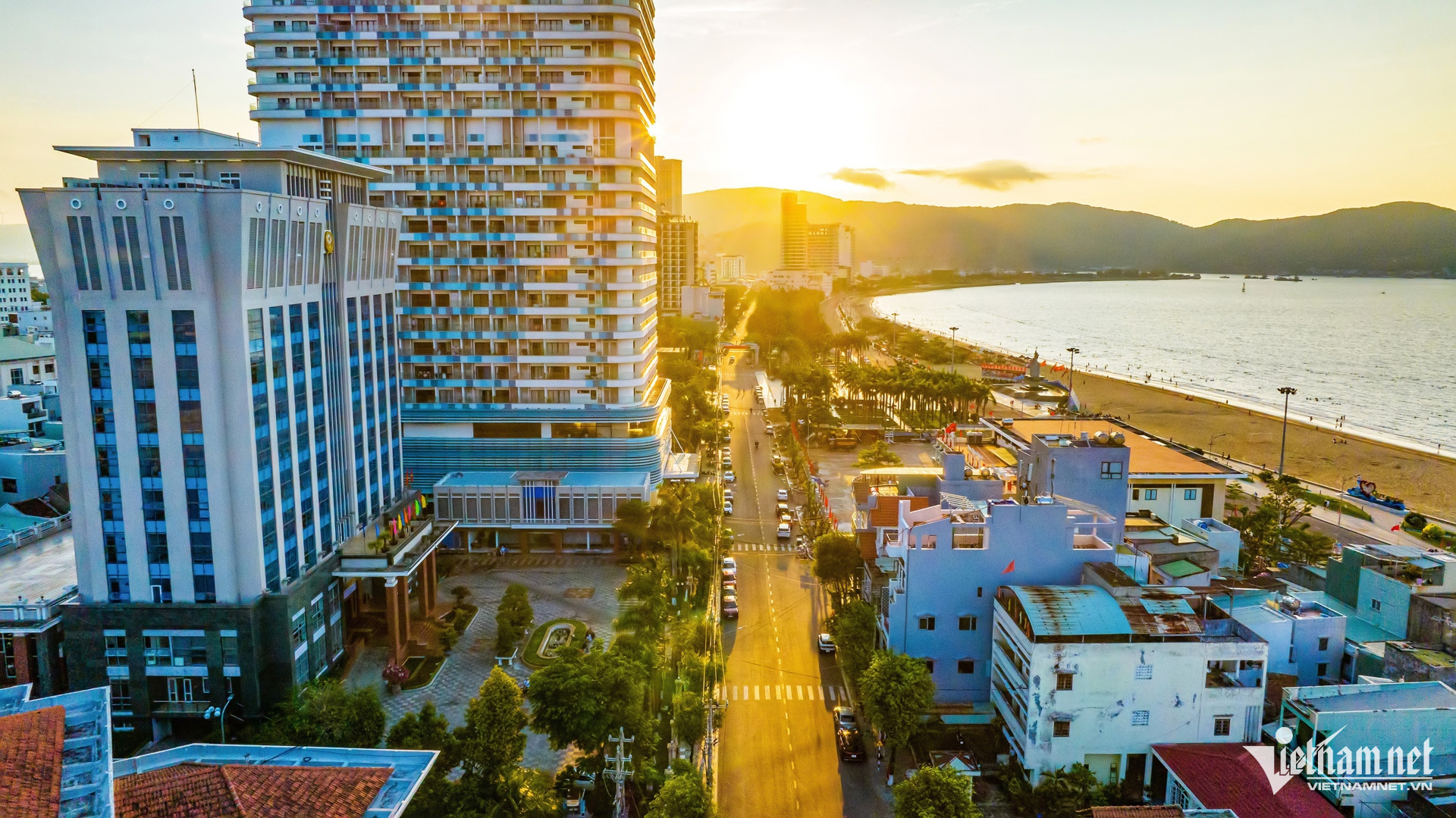
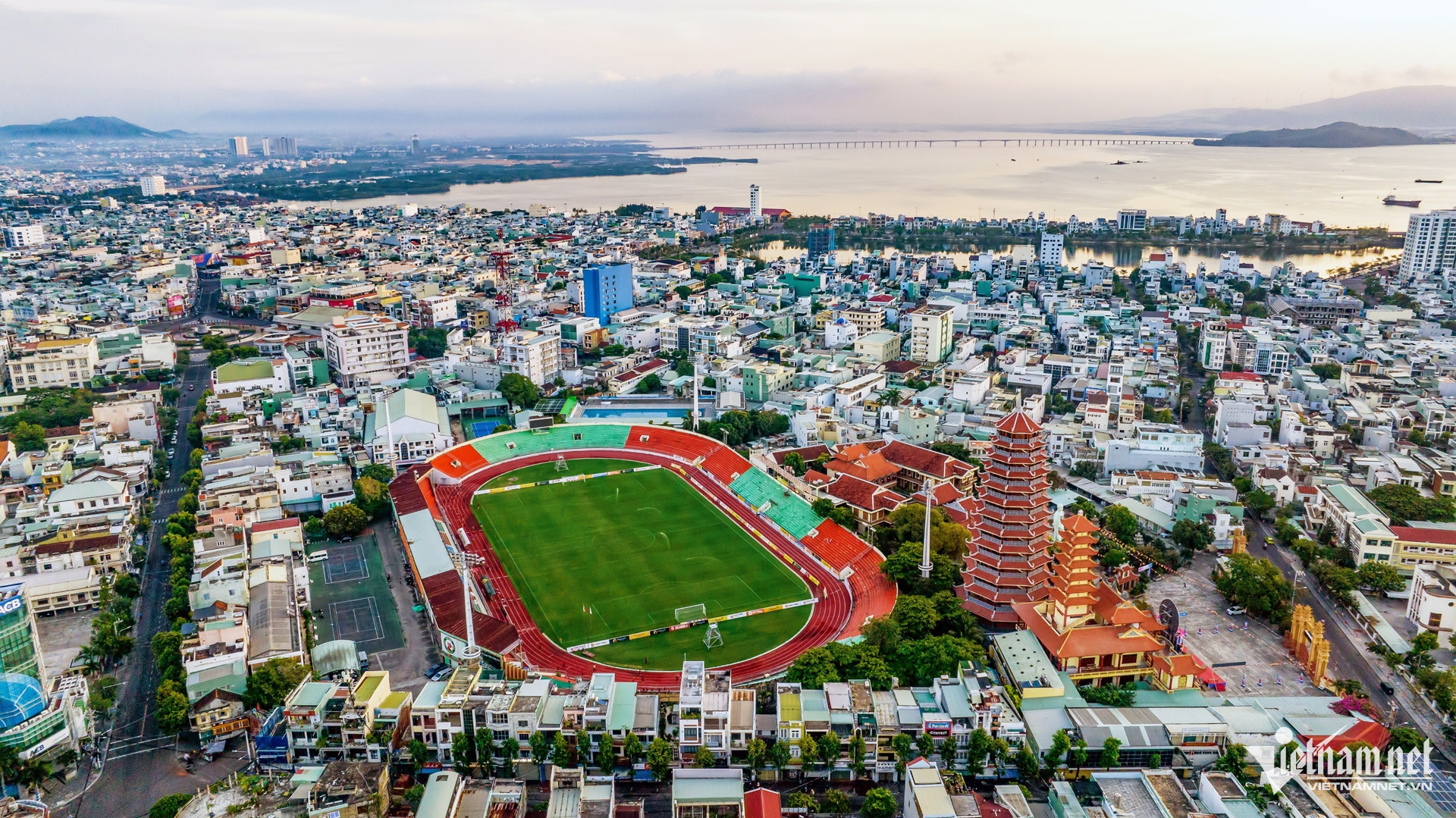
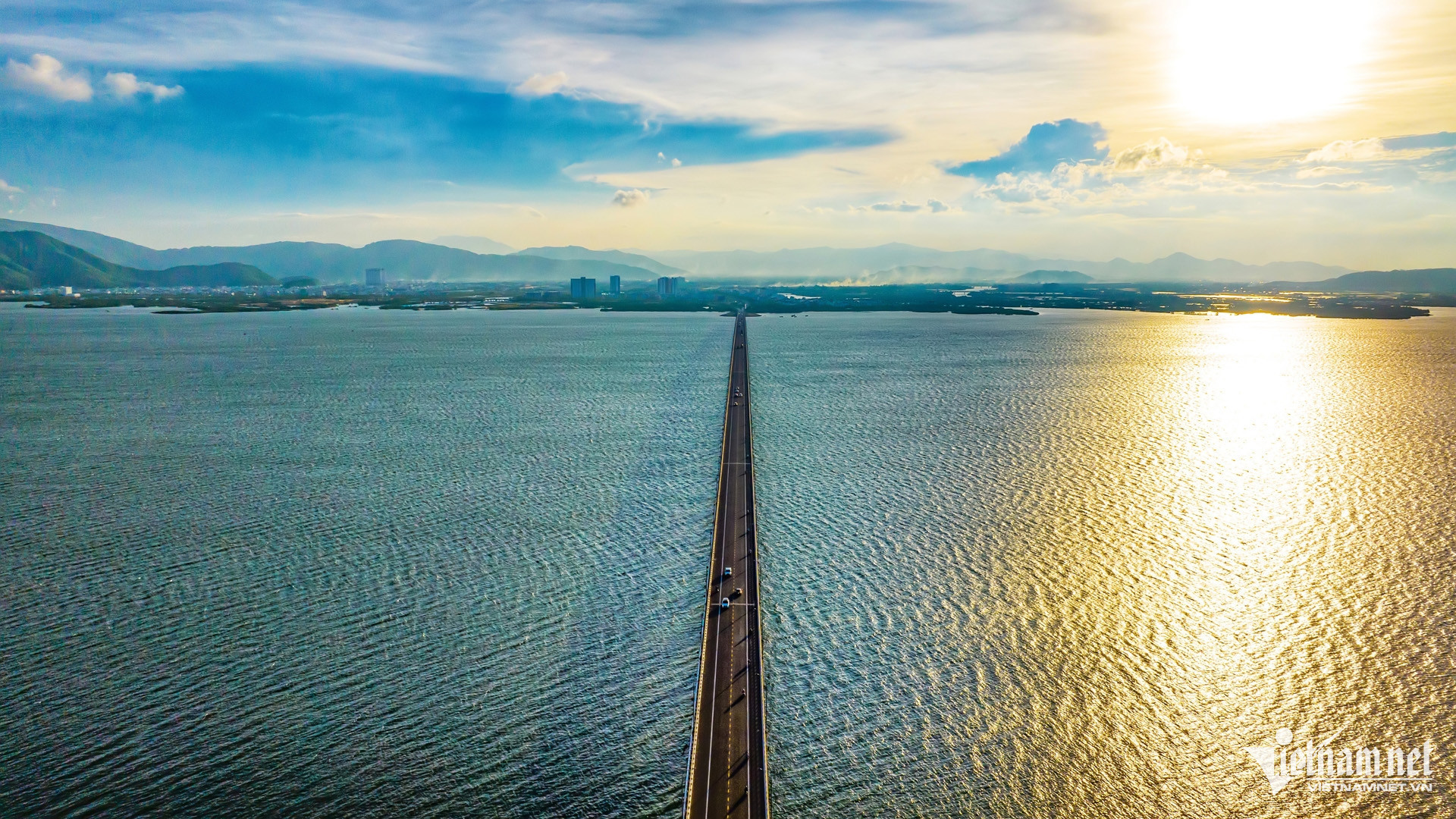
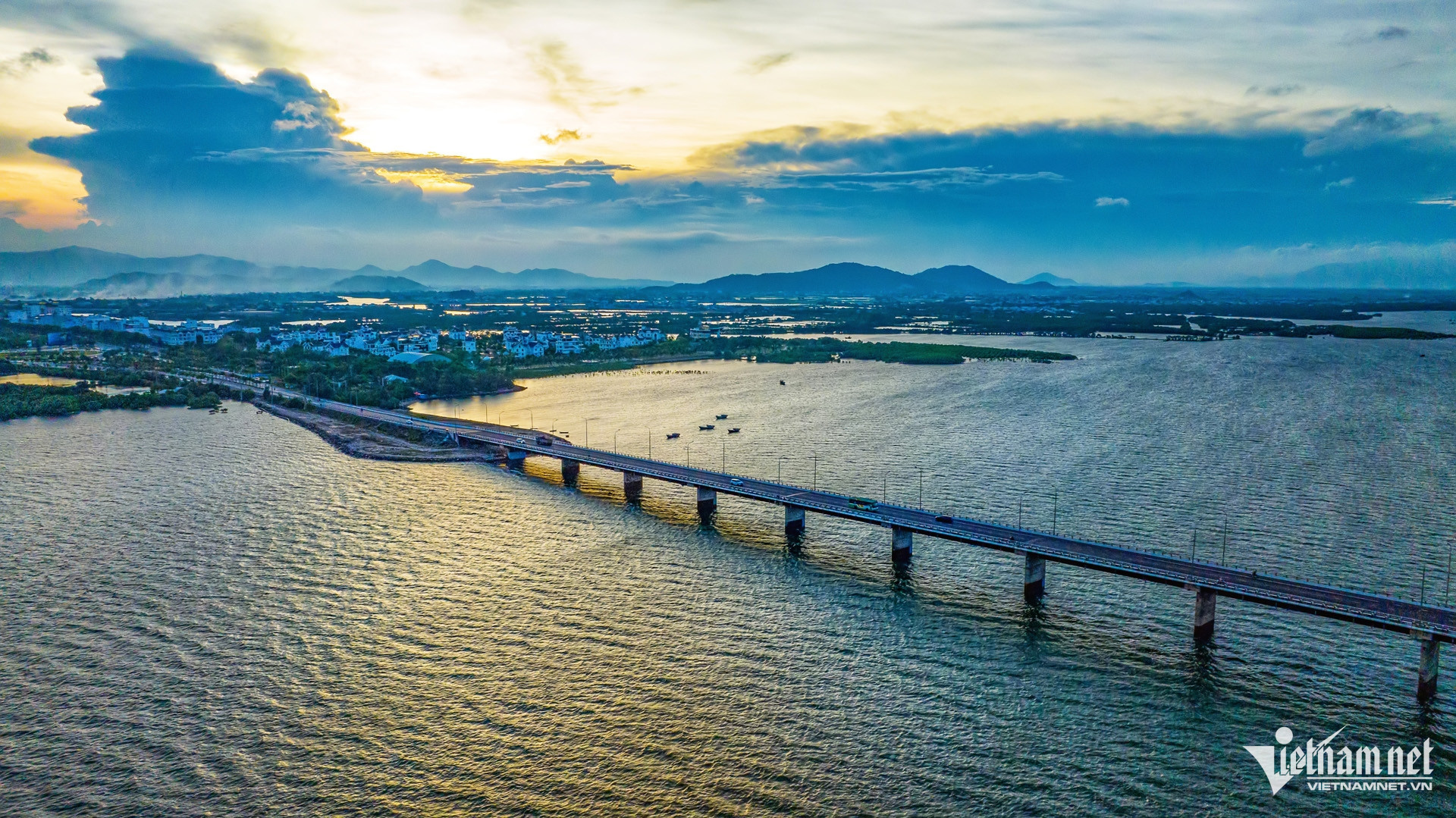
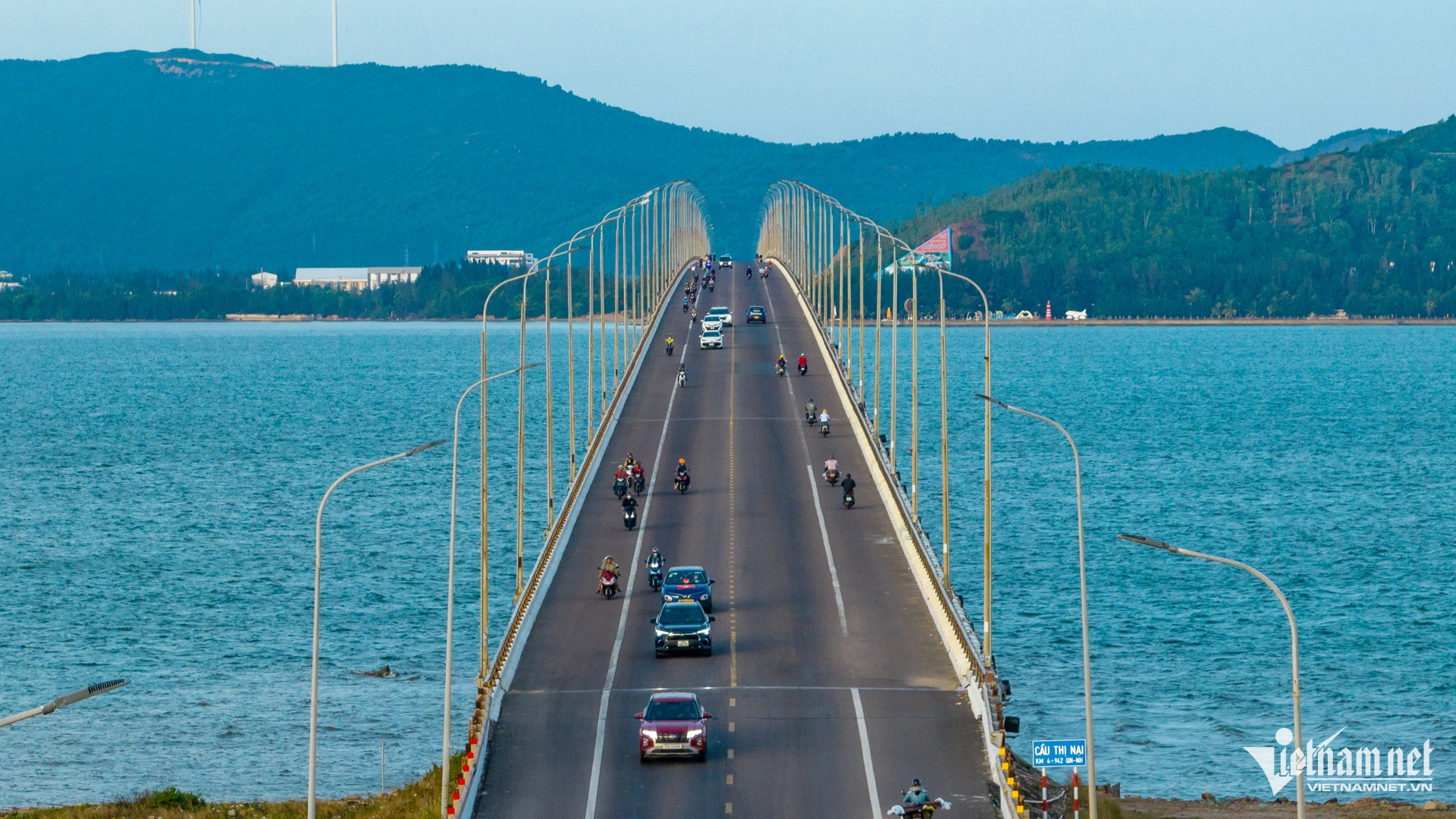
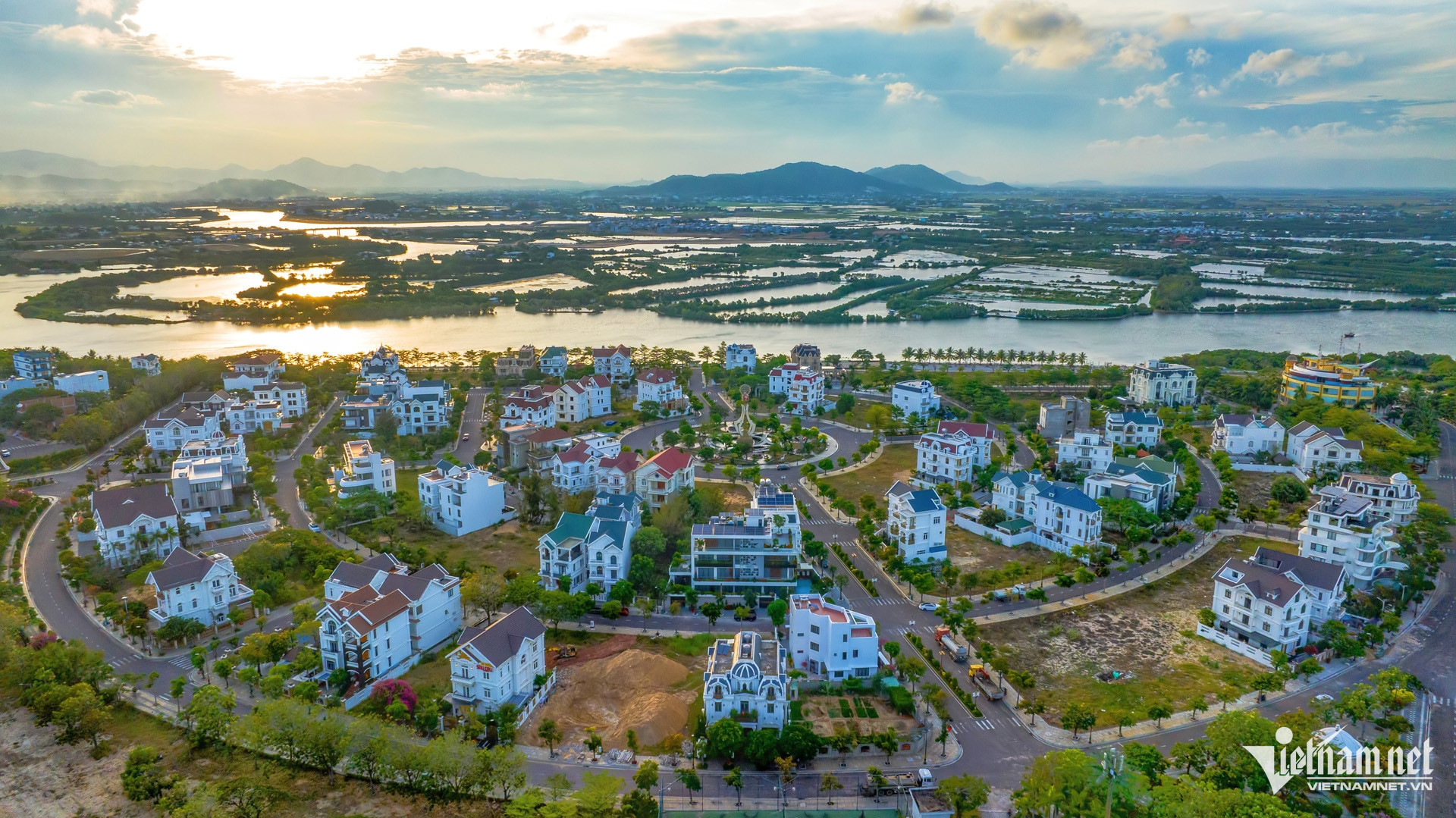
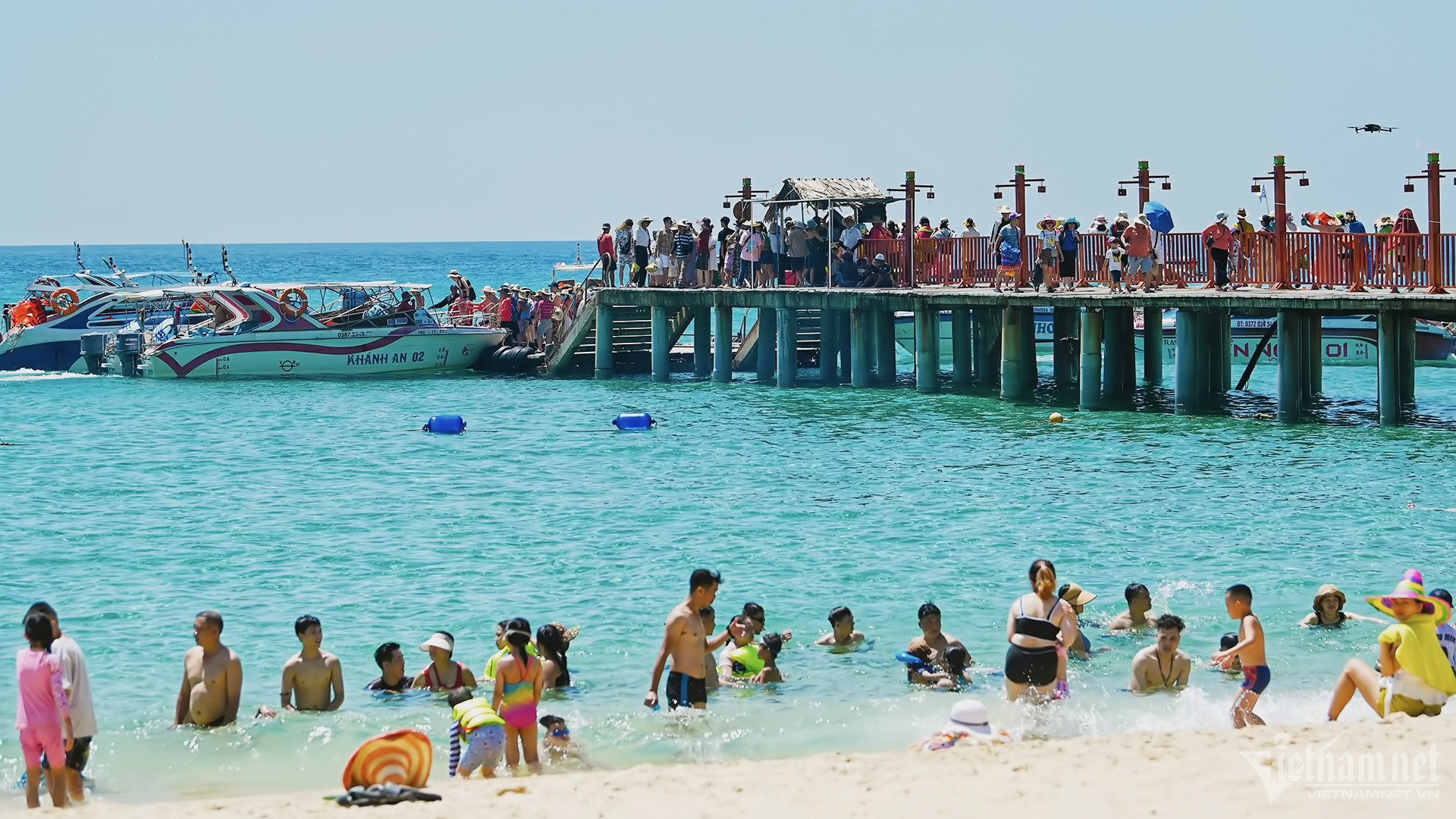
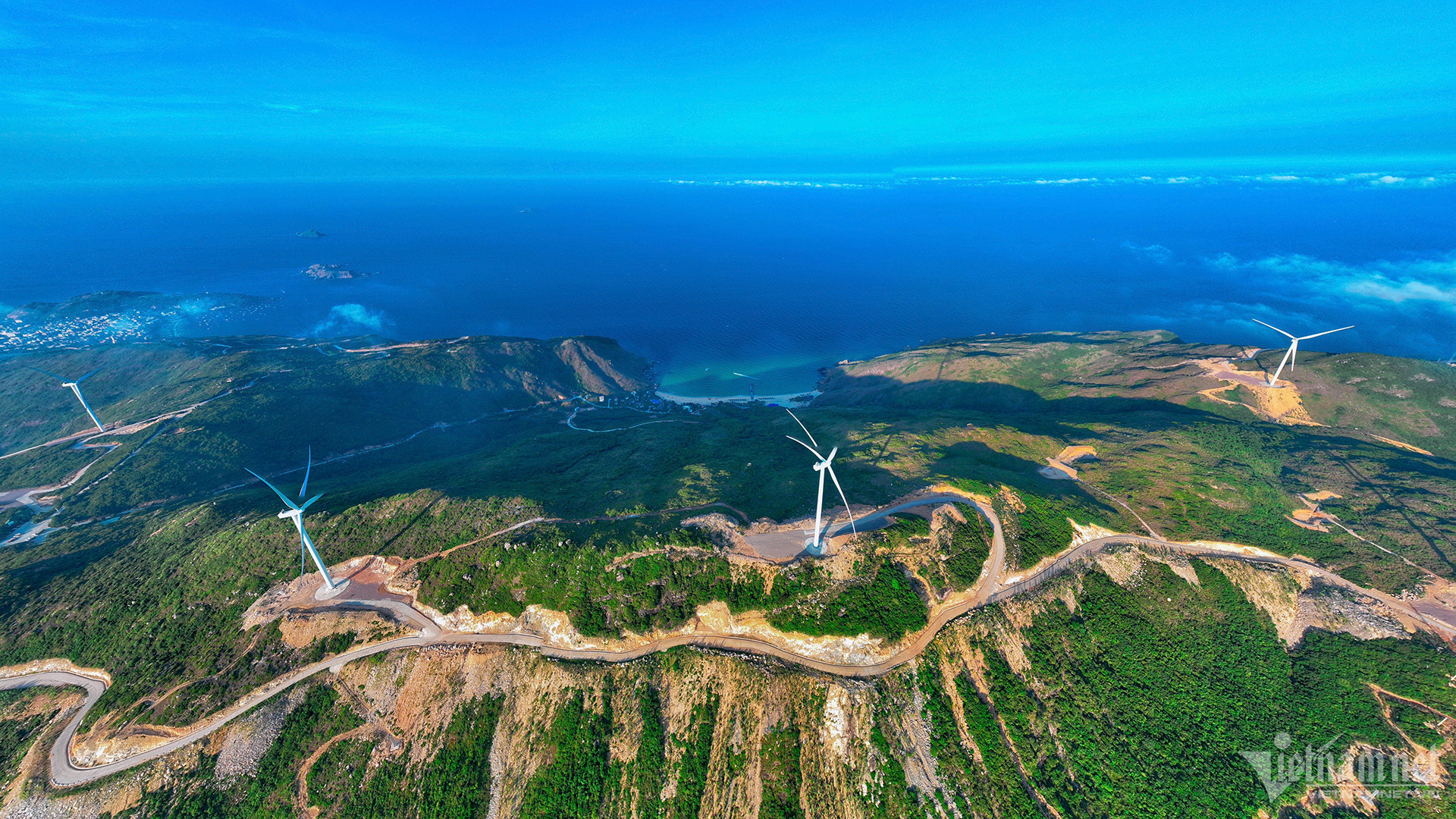
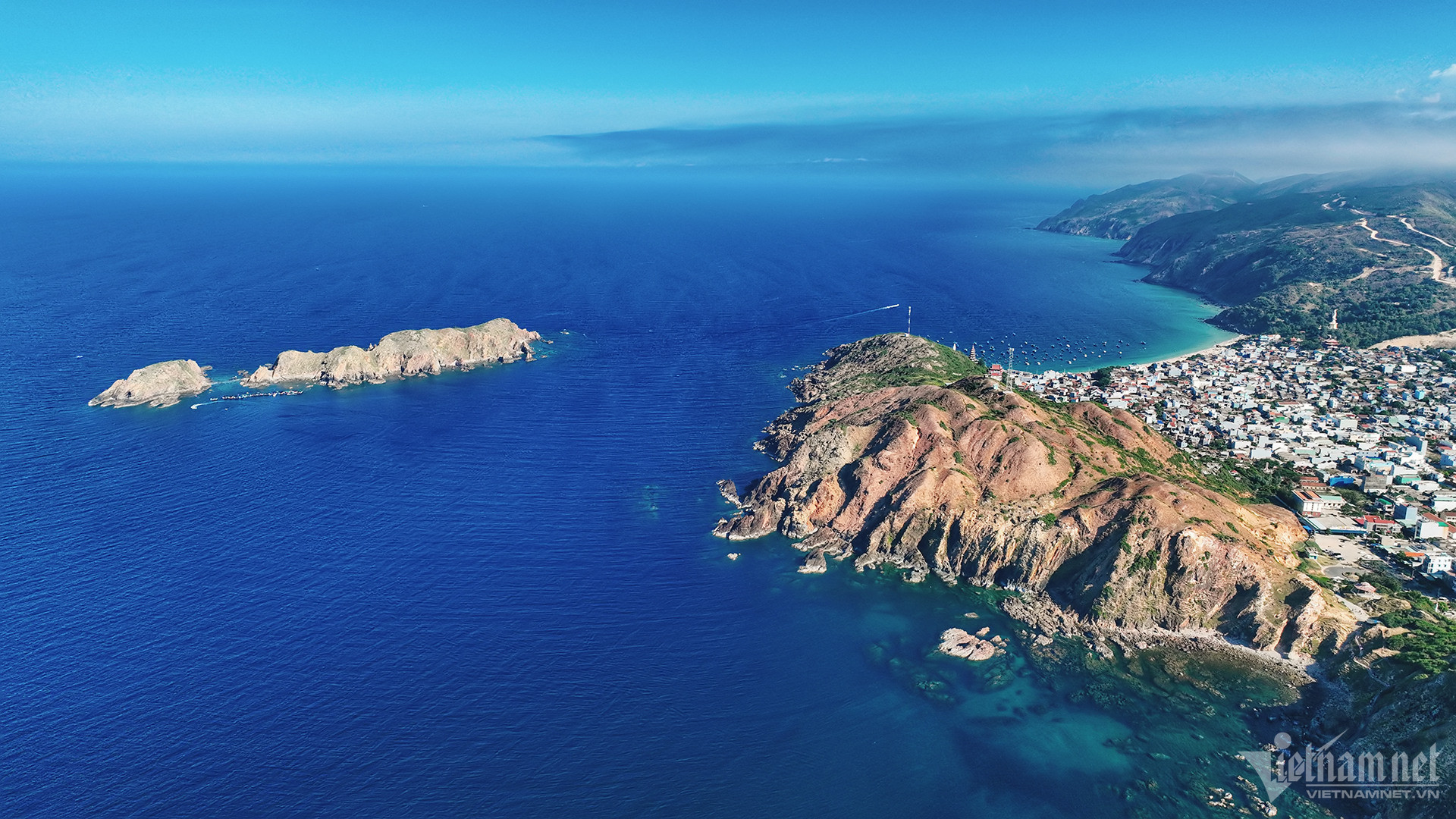
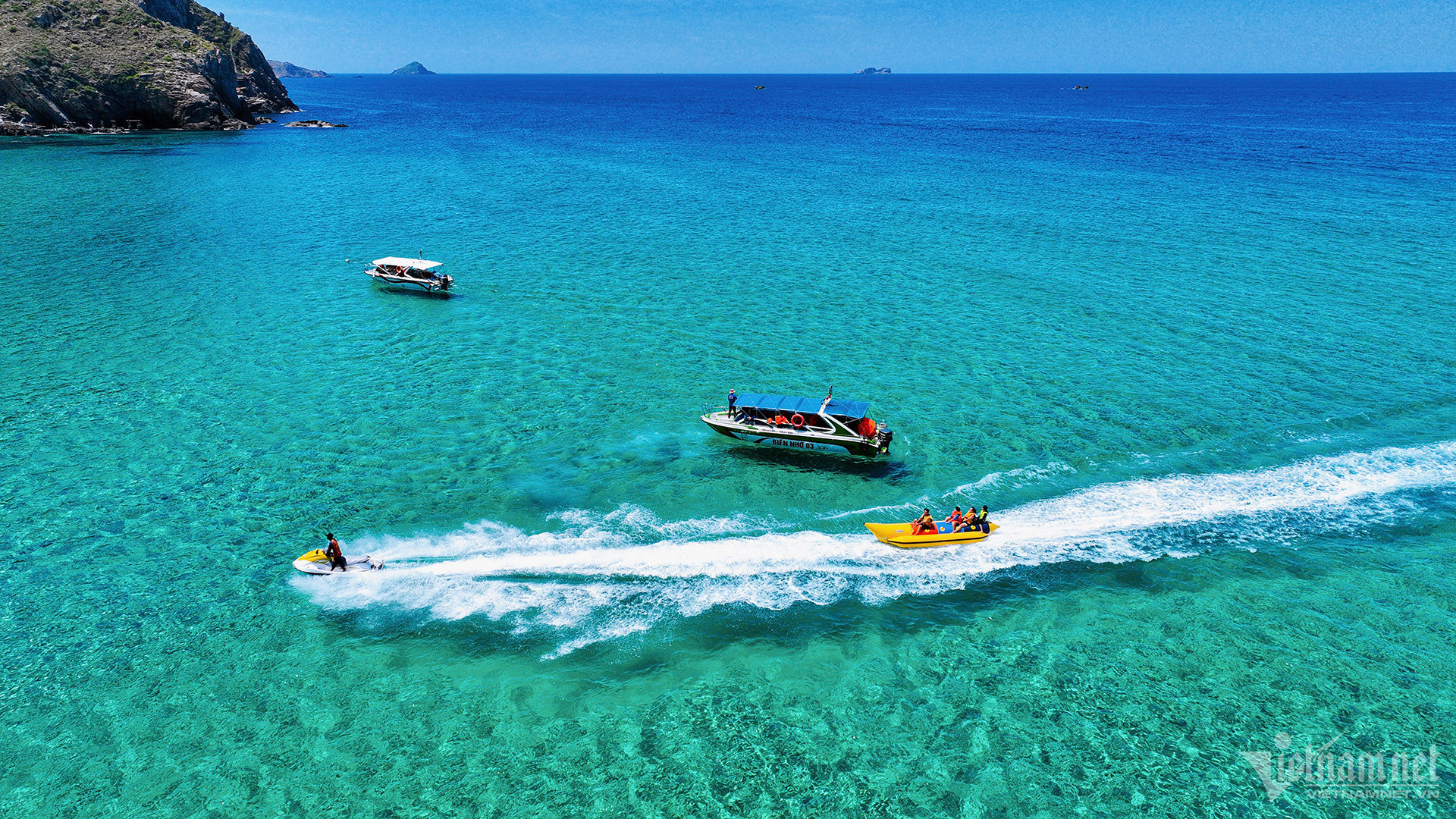
Hoang Ha - Pham Hai